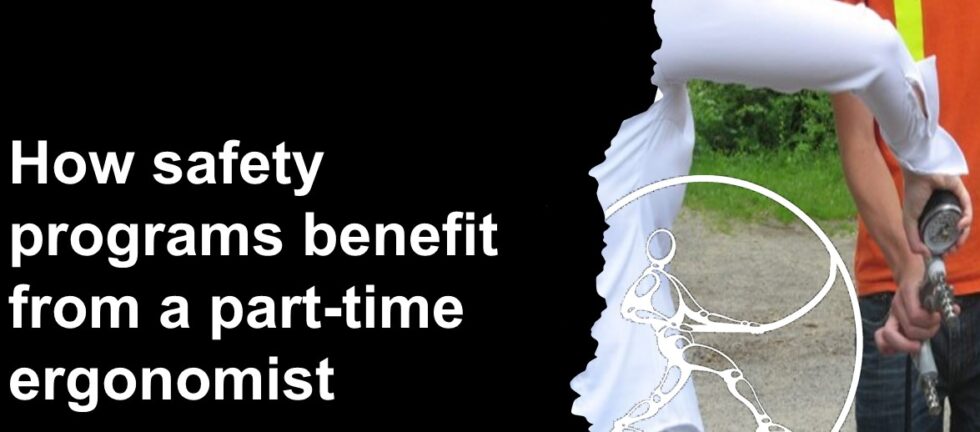Our stories: Ergonomics in Automotive Parts
This is the first in a series of articles about our experience in various employment sectors. How is this sector unique? The work in automotive parts is typically fast-paced, cyclic and repetitive. Some facilities use job rotation quite extensively, so one person might regularly do several jobs. This is great, because rotation can limit exposure […]









